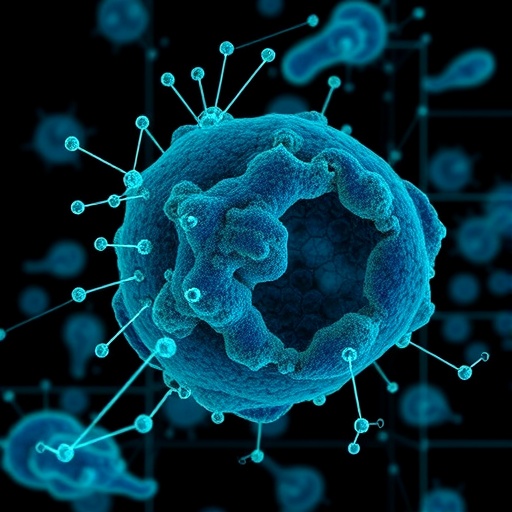A breakthrough for brain tumor drug development and personalized medicine published today in Nature
Credit: Simon Plummer MicroMatrices CEO
A breakthrough for brain tumor drug development and personalised medicine published today in Nature Scientific Reports.
24,000 patients are diagnosed with brain tumors every year with the 5yr survival for high grade glioblastomas (GBM) only 5%, with median survival of 15 months. These poor statistics have remained static for 30 years due in part to a lack of human-relevant preclinical models for testing new drugs. In addition, high levels of inter-individual cellular and molecular heterogeneity of disease means each patient has unique treatment requirements, however the rapid pace of disease progression allows little time for individual assessments.
To address these challenges a multidisciplinary team of researchers in a public/private collaboration (MicroMatrices, Johns Hopkins University, the Mayo Clinic, and Perkin Elmer) have developed and evaluated a human induced pluripotent stem cell (IPSC) derived 3D organoid model for drug testing consisting of differentiated neurons and other non-neuronal brain cells (glial cells, astrocytes and oligodendrocytes) grown alongside patient-derived glioblastoma tumor cells. Accurate drug efficacy measurements were facilitated through the use of a microTMA-based high throughput histology platform (SpheroMatricesTM).
To investigate the potential of this platform, two chemotherapeutic agents were tested: temozolomide (TMZ), the current front line treatment option for glioblastoma, and an experimental therapy doxorubicin (DOX).
The study results indicated the system could predict a clinical response to TMZ and also demonstrated anti-tumor efficacy with DOX . Furthermore as the microTMA technology allows for multiplexing of different measurements, it was also observed that DOX acted via selective killing of tumour cells (apoptosis) with little or no effect on normal brain cells.
This system can be adapted for use with publicly available libraries of glioblastoma patient-derived cell lines, paving the way for the creation of a more efficient discovery platform for new therapies, ultimately offering a more personalized approach by matching patients to therapies that are more likely to work clinically. In previous screens, the patient-derived cells were grown in immune-compromised mice, a model which cannot capitulate the environment of human tumours. By contrast, the organoid model system more closely mirrors a human-relevant microenvironment. In addition, the microTMA technology, by making multiple parallel measurements of efficacy end-points, produces quantitative data supporting mechanistic insights and informative biomarkers with greater potential to translate to the clinic.
Simon Plummer CEO of MicroMatrices said ‘this breakthrough study illustrates how human relevant 3D models can make an impact for drug development and personalised medicine’.
###
Media Contact
Simon Plummer
[email protected]
07-973-502-994
Related Journal Article
http://dx.




